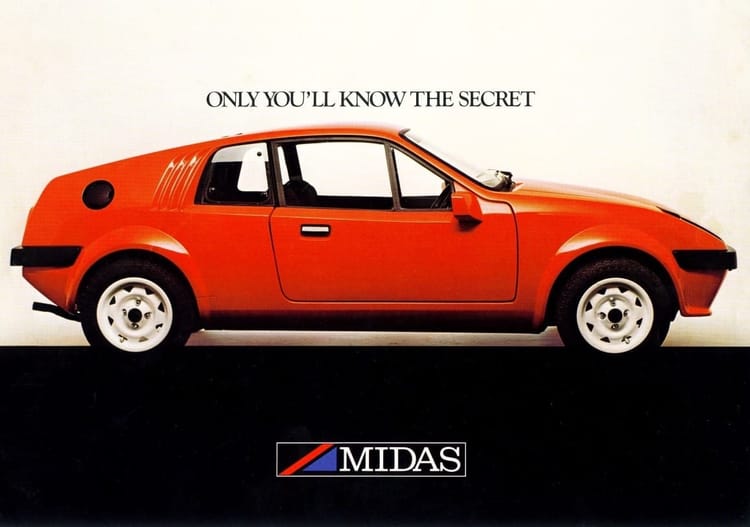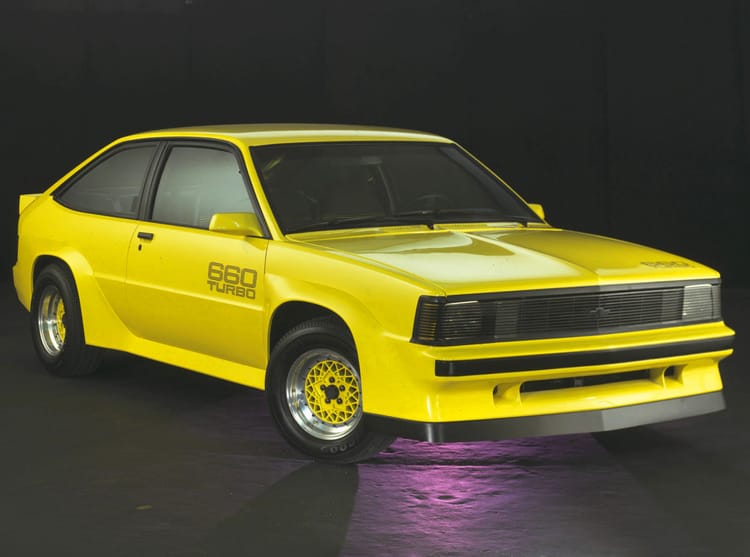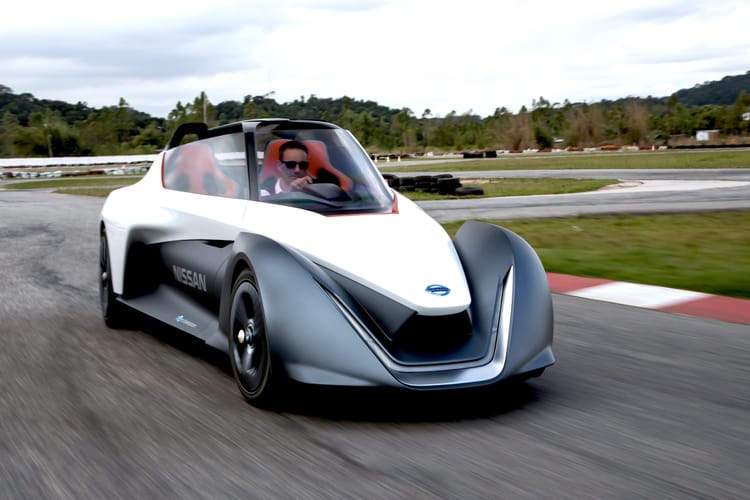Panoz AIV Roadster
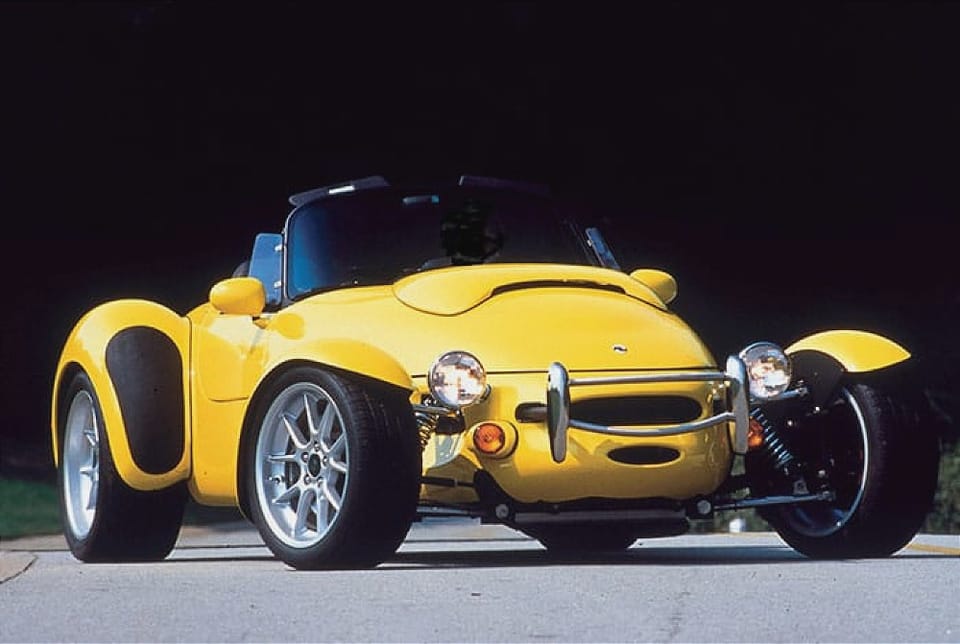
Yesterday, I wrote about the TMC Costin — an Irish-built Caterham Seven-type vehicle that was engineered to provide both significantly better aerodynamics and roadholding.
As the economics of building sports cars soured in the mid-to-late '80s — this is Ireland we’re talking about — not many were built before an American by the name of Dan Panoz ('Pay-nose', if you're wondering) bought the chassis for his own sports car project in the U.S..
Oh yes — it’s Motorweek time!
None of the original Frank Costin chassis design survived the transition to American muscle car that wasn’t needed; and things that were retained got tweaked dimensionally to ensure the entirely new running gear could fit and function properly. Still, the tiny TMC provided a template of sorts for the team to work with when shoehorning in off-the-shelf parts, many from the legendary 'Fox body' Ford Mustang.
Yes, the first Panoz Roadsters had the five-oh.
I feel as though with the Panoz AIV Roadster, the first major revision to the Panoz Roadster, will go down in history as one of those cars we all noticed was relatively affordable…and then, all of a sudden…unobtanium.
Panoz doesn't do things half-assed, so when designing the Roadster, it hired Freeman Thomas to do the styling. You may recognize his work in such hits as the Volkswagen New Beetle, (first) Audi TT, Audi A4, a number of Chrysler concepts — even on the Chrysler 300C, which he helped style alongside Ralph Gilles. His modern-retro lines were then formed in aluminum.
Forty-six first-series Panoz Roadsters were built, and most of them were built to an owner's specifications. Few options were available…here’s what came standard:
- Seats
- Doors
- Windshield
- Windshield defroster
- Carpet
There is no top, and no tonneau cover. Basically: drive it, but make sure you won't be caught in the rain.
Anyway, in 1996, the car was replaced by an all-new AIV Roadster that looked pretty much the same as the old one, with three important differences: it had more power, a stiffer chassis, and was significantly lighter.
The original Roadster design from 1989 was no slouch, with a 1,179 kg (2,600 lb) weight and around 250 horsepower, but the new, "Aluminum Intensive Vehicle" (AIV) construction put weight at just 1,170 kg (2,570 lb).
From year 2000, the Panoz AIV Roadster went up against the Plymouth Prowler • via Motorweek
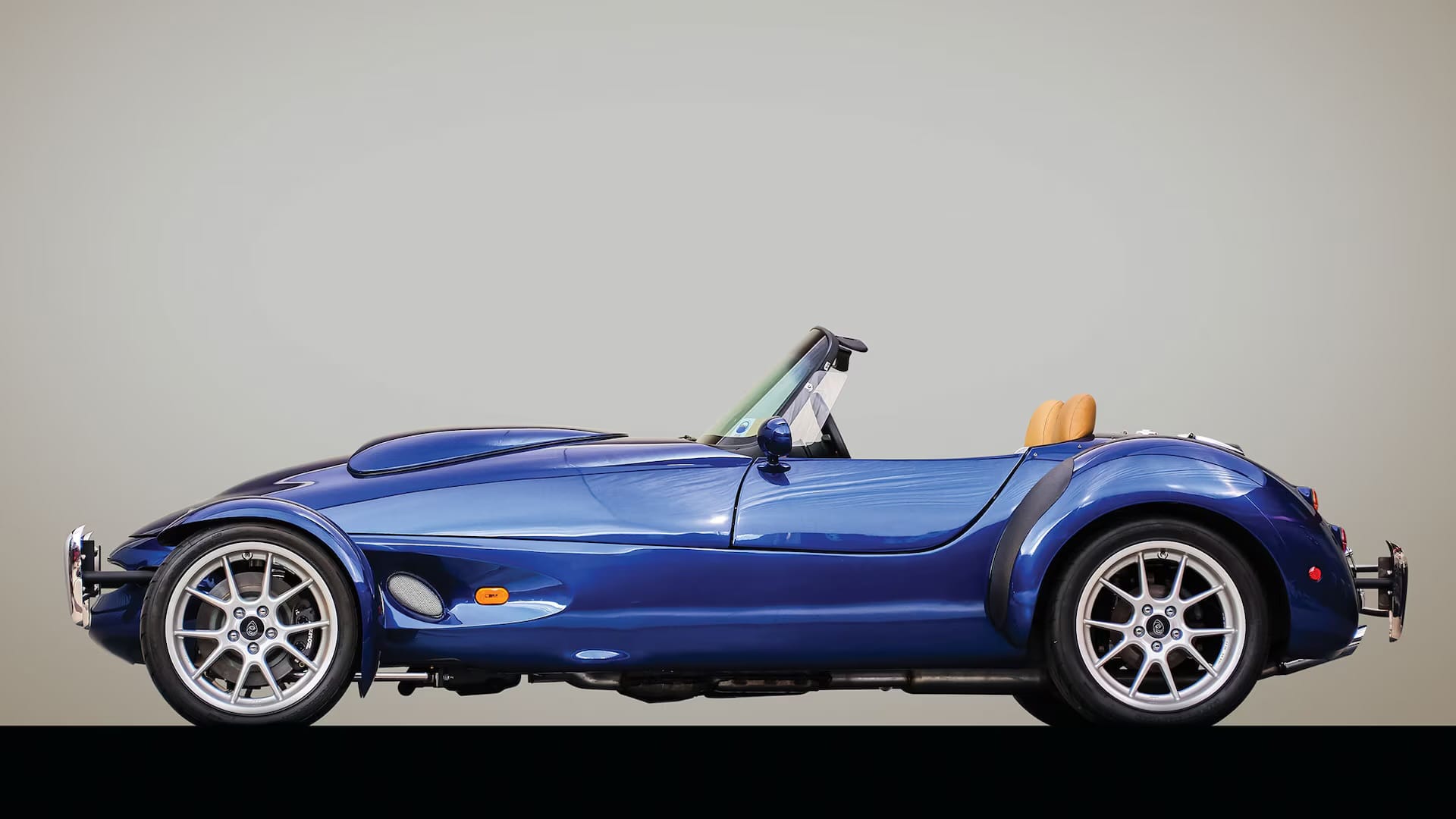
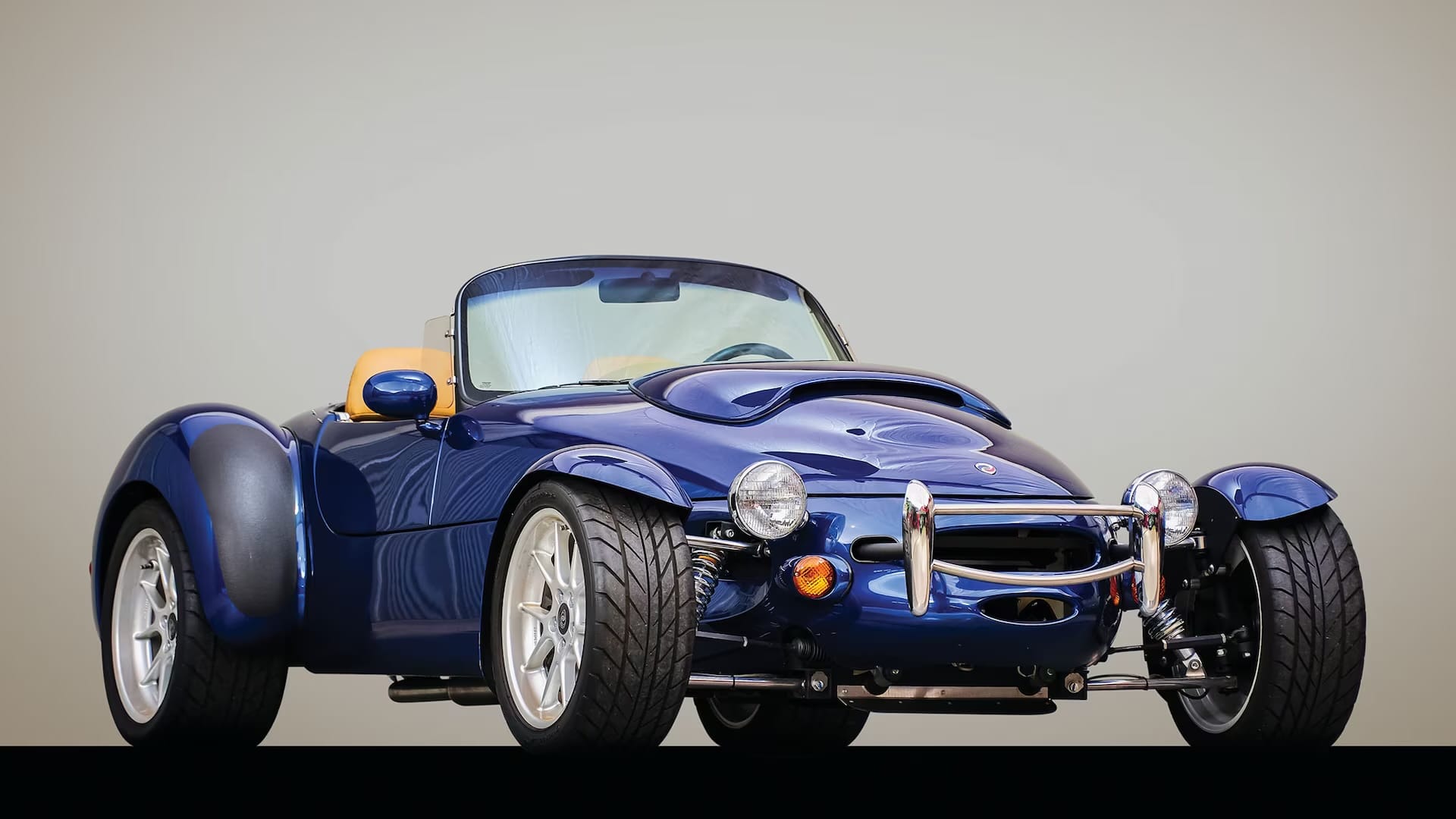
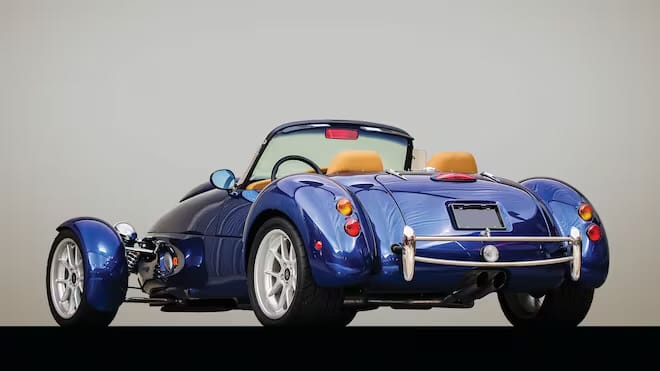
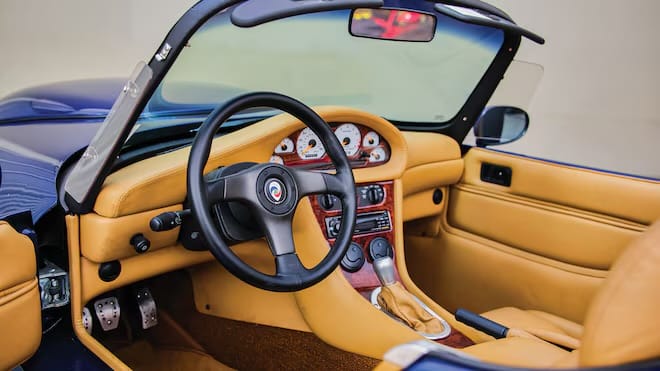
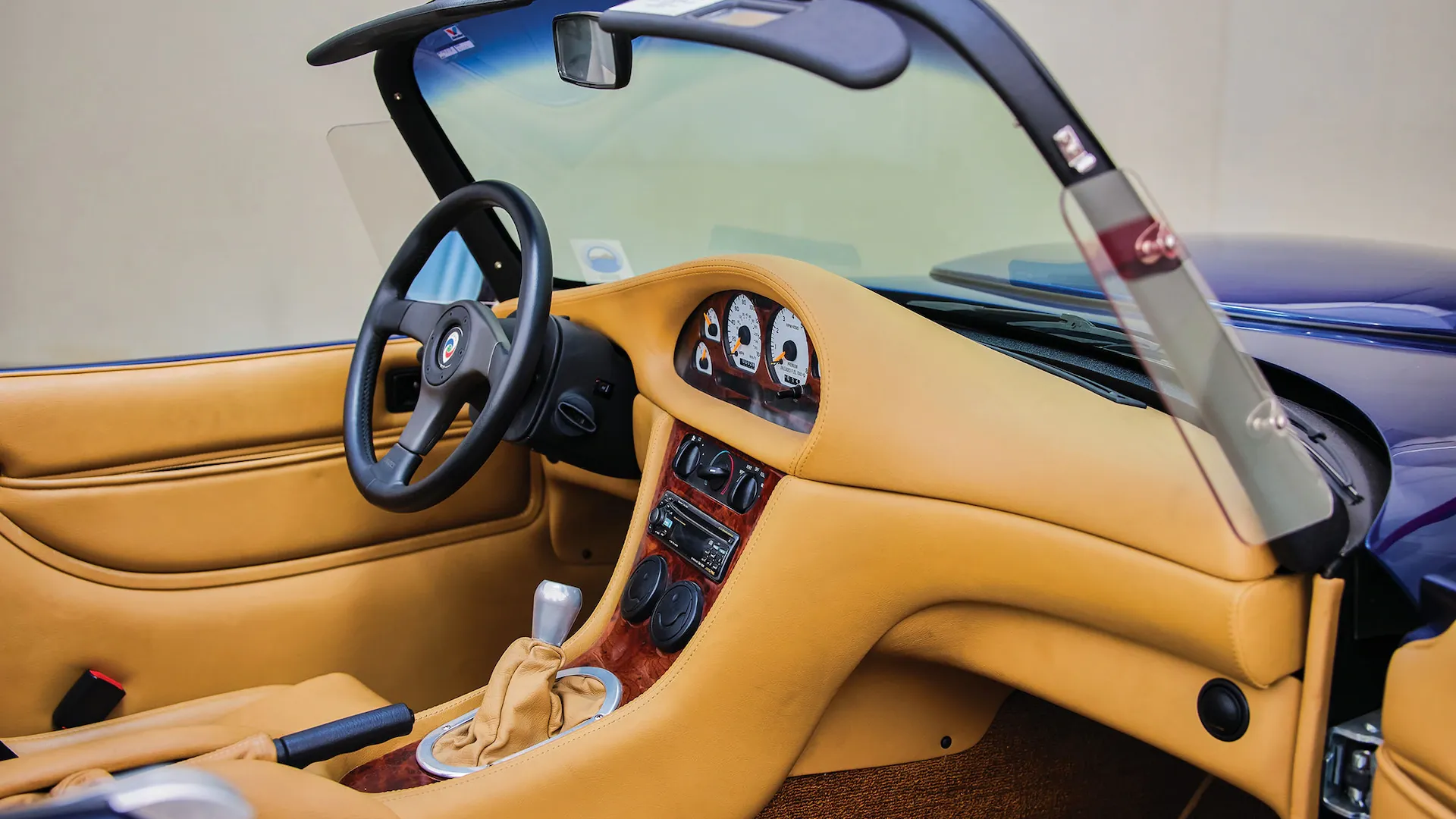
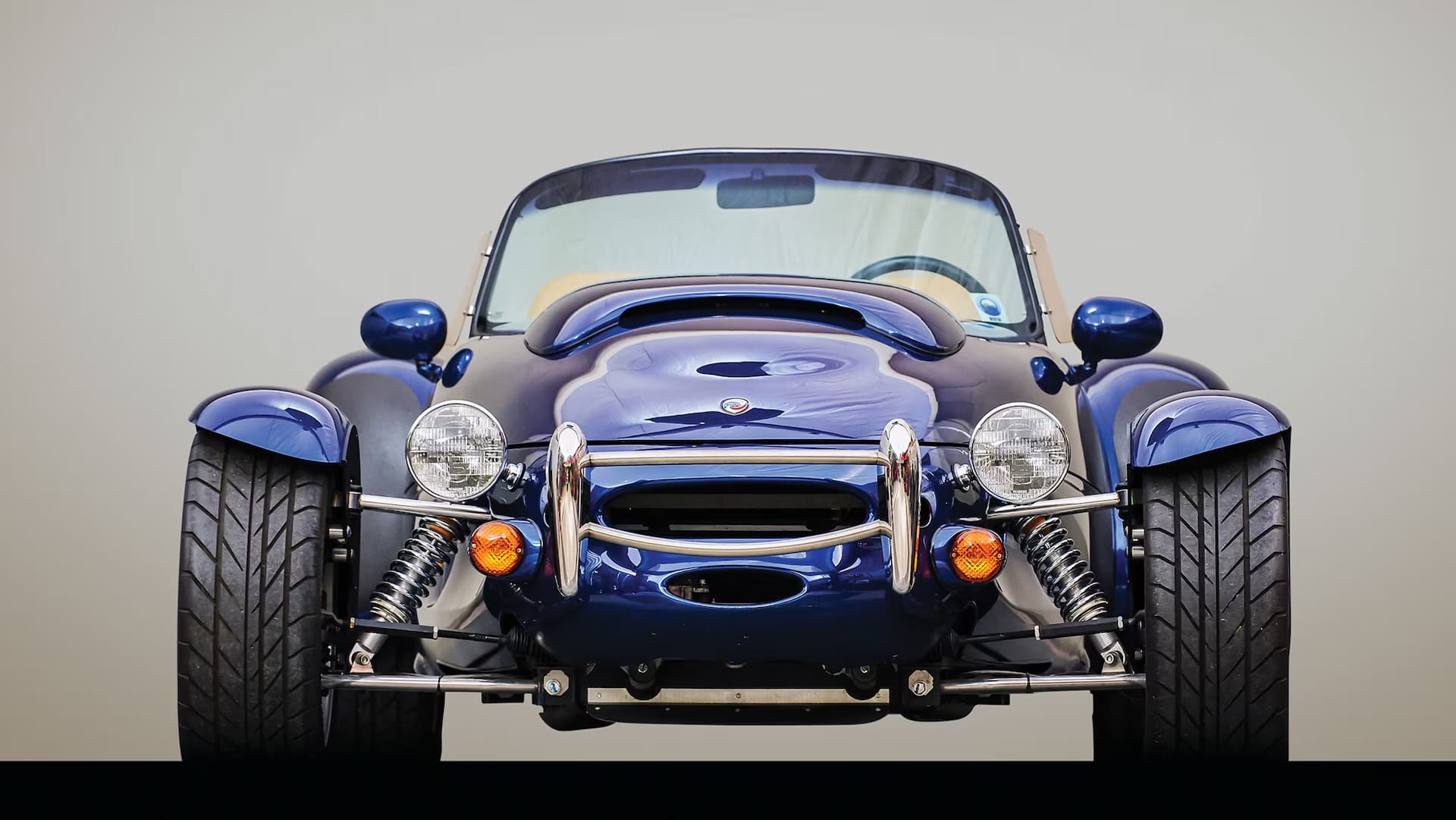
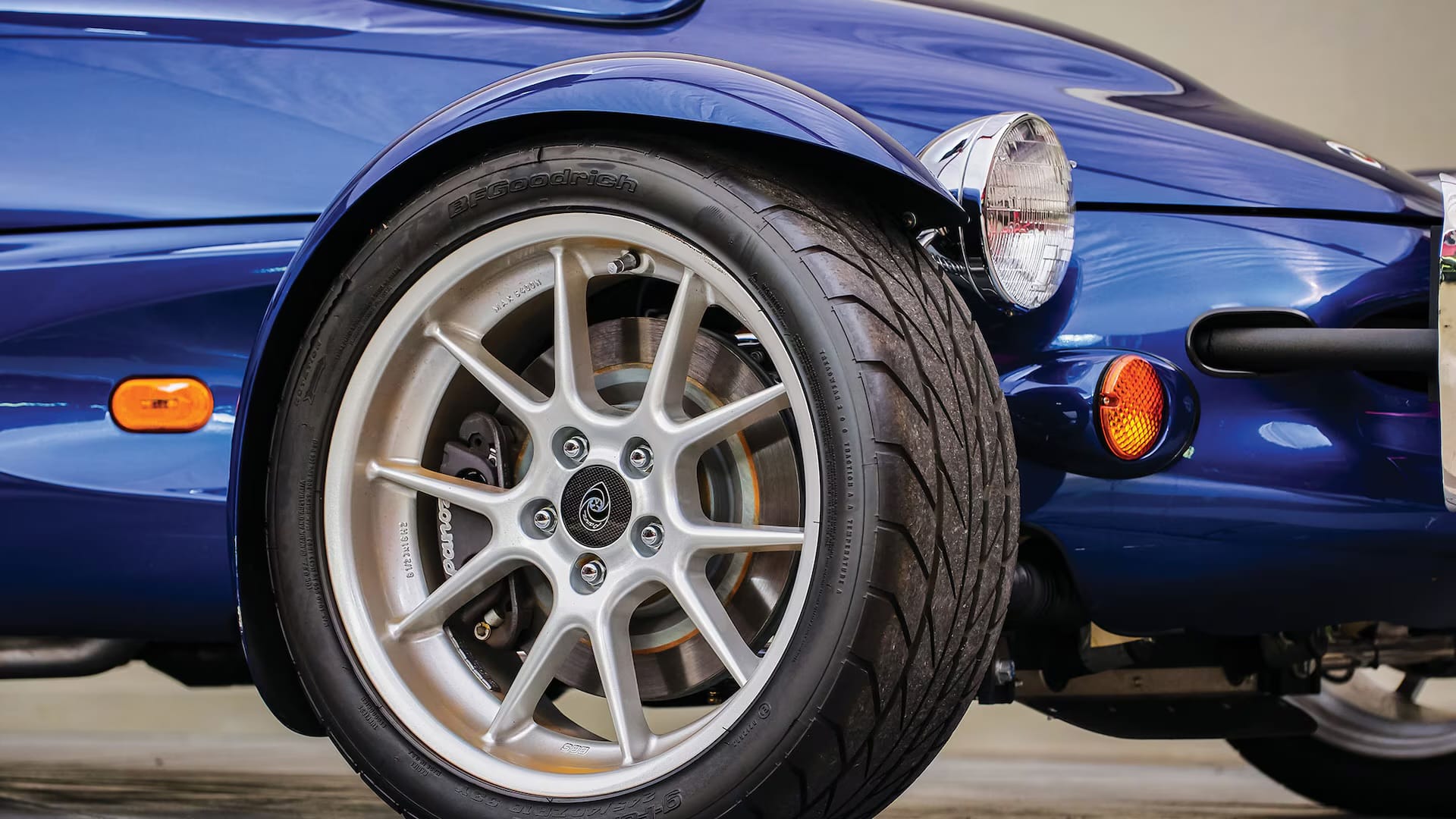
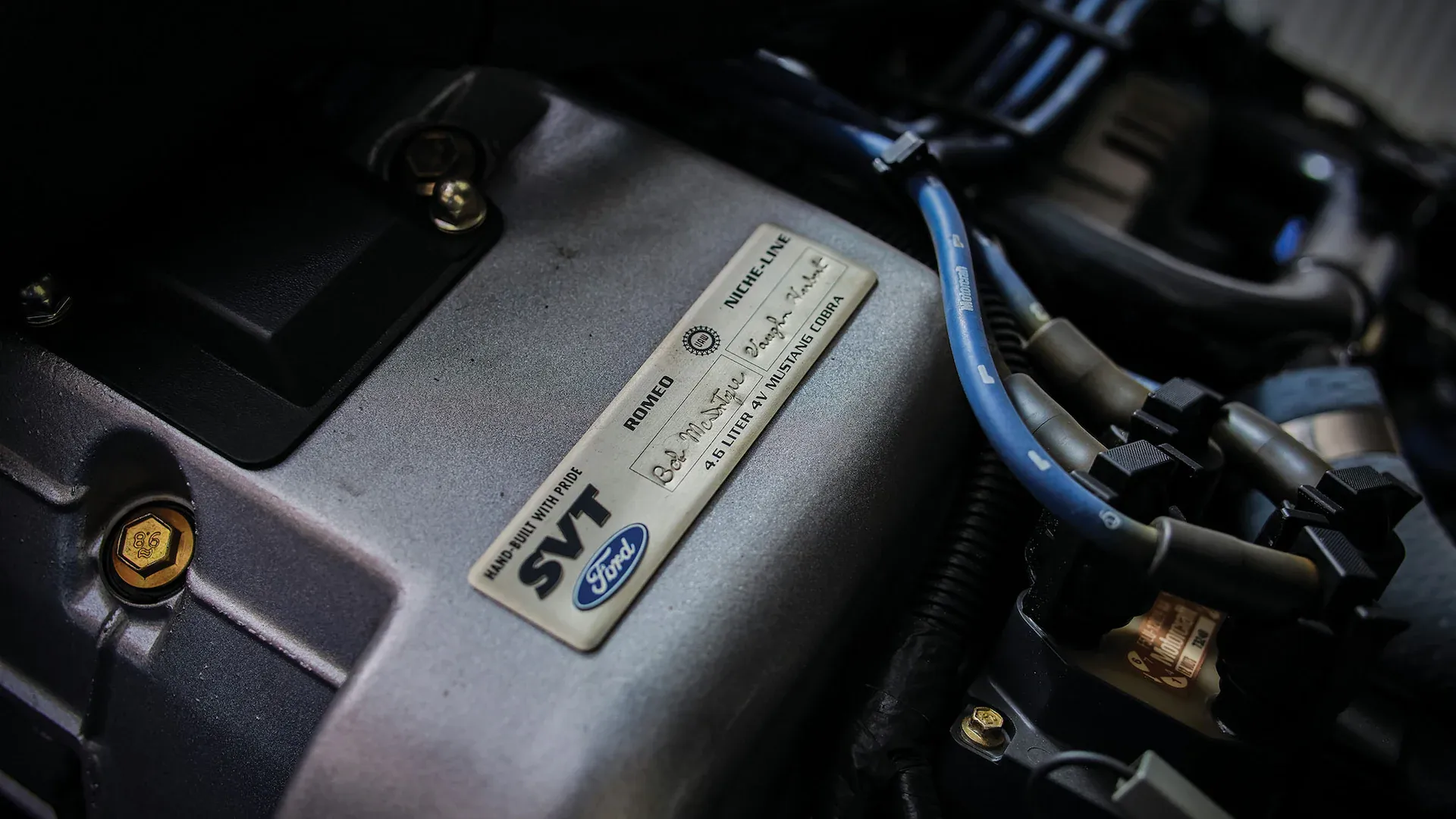
1999 Panoz AIV Roadster • via RM Sotheby’s
With the new Mustang released around that time, the AIV received the more pert pony’s engine: the 4.6-litre V8, with more than 300 horsepower. This was, in later years, upgraded to a newer, breathed-on unit with 430 horsepower…as standard. The optional supercharged motor is rated for a wild 560 horsepower.
For what I can only hope came with a ‘luck o’ the Irish’ blessing, Panoz offered a 750 horsepower option…
Air conditioning was featured on the AIV at launch, and a soft tonneau cover was added as well. The cars are still upgradable at the Panoz factory, just like Shelby American and others used to do. That said, there's only so much Panoz can do: it remains a simple roadster to its core, with a cramped interior, tiny trunk, and switchgear largely from the ’90s Ford parts bin — I bet that many of us could set the radio presets in less than a minute.
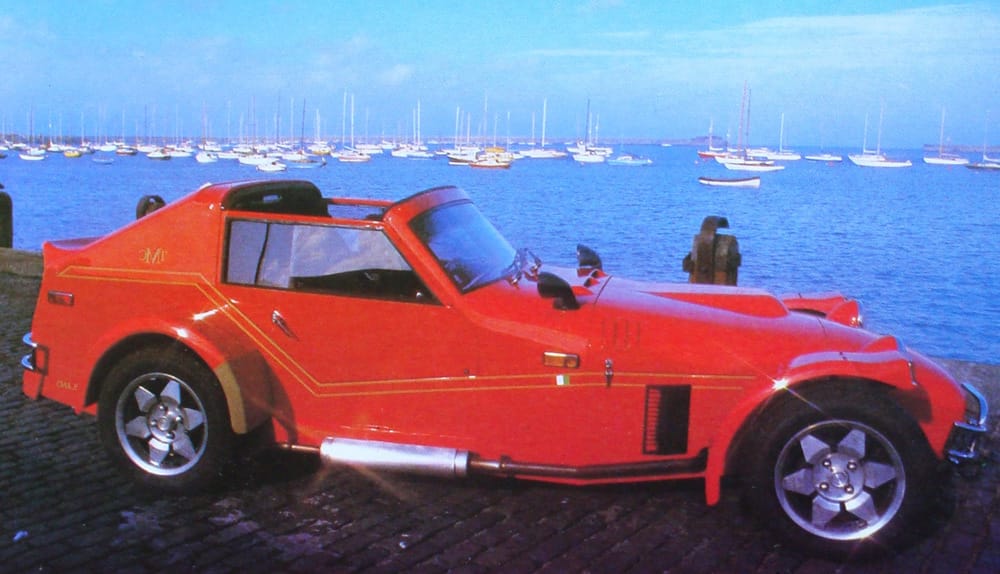
As we watch sports car companies come and go — Spyker, TVR, Wiesmann, Gumpert, and others — it's important to note that others, including Panoz, have found a formula that kind of works. Panoz AIV Roadsters may not be setting record Nürburgring lap times or featured heavily in lifestyle marketing shoots, but the company has a loyal following and years of success following the purchase of that little TMC Costin chassis.
If you can buy one now, chances are you'll enjoy it and get your money back when it comes time to sell it. This and a Volkswagen New Beetle with working A/C would make a compelling two-car garage in Palm Springs, no?
The AIV Roadster may not seem all that 'weird' compared with many of the vehicles I write about, but remember: actually successful American boutique sports car manufacturers are few and far between — not to mention ones that consider themselves competitive enough to take on Le Mans and sports car racing at the highest levels — and win.


